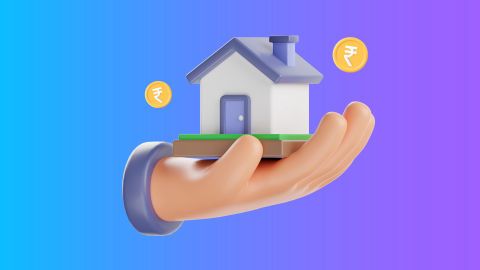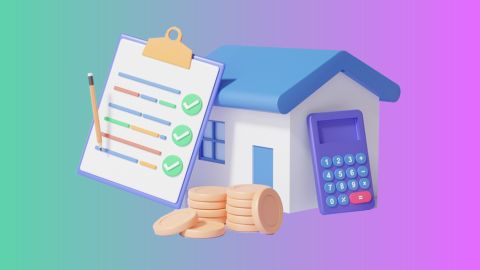Options for repaying a loan against property:
When it comes to repaying a loan against property, borrowers have multiple options. Here are the most common repayment methods:- Regular EMI payments: The most common method of repaying a loan against property is through Equated Monthly Instalments (EMIs). Each EMI consists of both principal and interest components, ensuring a gradual reduction in the loan balance over time.
- Part-payment: This method allows you to pay a lump sum amount over and above your regular EMIs. It reduces the principal amount, leading to a lower interest burden and a shorter loan tenure.
- Foreclosure: Foreclosure is when you repay the entire outstanding loan amount before the tenure ends. This is a good option if you have surplus funds and want to save on the interest cost.
Repayment options for loans against property
Choosing the right repayment option depends on your financial planning and goals. Let us look at the available choices:| Repayment option | Description | Benefits |
| Regular EMIs | Fixed monthly payments combining principal and interest. | Consistent repayment schedule, predictable cash flow. |
| Part-payment | Additional payments over and above regular EMIs to reduce the loan principal. | Reduces interest burden, lowers tenure. |
| Foreclosure | Repaying the entire outstanding amount before the loan tenure ends. | Saves on total interest cost, no monthly EMI burden. |
Selecting the right option requires careful consideration of your current financial situation, future income, and the terms set by your lender.
How to check your loan repayment status?
To manage your loan effectively, it is crucial to keep track of your repayment status. Here is how you can do it:- Visit the lender’s portal: Log in to the official website of your lender or use their app.
- Use the EMI calculator: Tools like the EMI Calculator help you calculate future EMIs and manage your finances better.
- Download statements: Regularly download loan statements to keep track of your outstanding balance, payments made, and interest paid.
- Contact customer service: For more precise information or queries, contacting customer service can help clarify your loan status.
Penalties for early repayment of a loan against property
While early repayment of loan against property can save on interest, there may be associated penalties or charges. These penalties are typically a percentage of the outstanding loan amount. The exact amount can vary based on your lender’s terms and conditions.- Prepayment charges: These are applicable if you partially prepay the loan. Bajaj Finance, for instance, has specific guidelines regarding these charges. Ensure you understand them before opting for early repayment.
- Foreclosure charges: Similar to prepayment, foreclosure charges apply when you settle the entire loan before the tenure ends.
Benefits of early repayment of loan against property
Early repayment offers several advantages:- Interest savings: The most significant benefit of early repayment is the reduction in total interest payable over the loan tenure.
- Improved credit score: Clearing your debt ahead of time can enhance your credit score, opening the doors to better loan options in the future.
- Financial freedom: Early repayment allows you to be debt-free sooner, providing greater financial flexibility and peace of mind.




